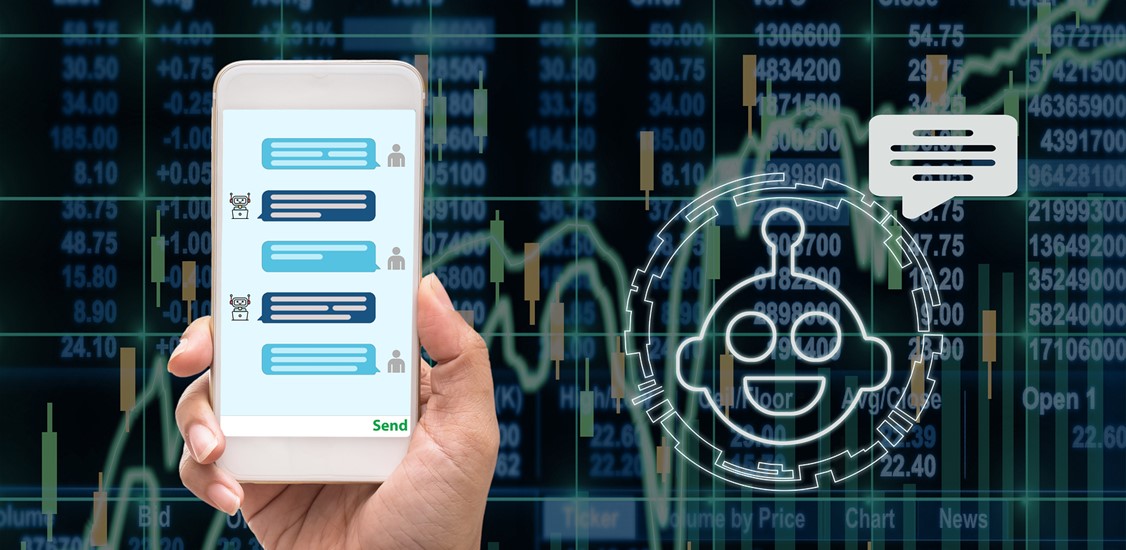Chatbots have been making waves in the tech industry for quite some time now, and it's not difficult to see why. With the rise of artificial intelligence and machine learning, chatbots are making our daily lives more convenient and easier. They can help us book a hotel room, order food, or even answer our curious questions with quick and accurate answers. But not all chatbots are the same - while some are truly brilliant, others can be a complete letdown.
The success of a chatbot is dependent on various factors, such as the target audience, the user's needs, and the overall design and functionality of the bot. However, one commonality that all successful chatbots possess is their ability to provide a seamless, intuitive, and human-like experience. While it may not be rocket science, it is still a science nonetheless.
Customer service chatbots are one of the most common types of chatbots. They are designed to help customers with their inquiries and provide quick and accurate answers. These chatbots are a vital component of companies' conversational commerce strategies as they help increase customer engagement and satisfaction. One such example of a successful customer service chatbot is HelloFresh Freddy.
Launched by HelloFresh, Freddy was designed to manage surveys and quizzes for Facebook users. Freddy would send automated deals and suggested recipes to users who correctly answered the quizzes. While Freddy may not seem like the most impressive chatbot in terms of conversational abilities, it was able to reduce response time by 76% and increase incoming messages by 47%. This is not surprising, as Freddy was able to promptly respond to multiple queries, bringing the average response time down significantly.
Customer service chatbots are just the beginning - various other types of chatbots serve different purposes. There are sales chatbots, friendly bots, and even chatbots that provide emotional support. Each of these chatbots has its own set of unique features and capabilities, but they all have one common goal: to make our lives easier.
Take Replika.ai, for example. This chatbot is designed to be your virtual friend, providing emotional support and advice whenever you need it. What sets Replika apart is that it is powered by artificial intelligence and machine learning, which allows it to learn from your conversations and develop a more personal and human-like relationship with you over time. This is a perfect demonstration of how chatbots can be used for more than just solving problems and answering questions. They can also provide emotional support and companionship, making our lives less lonely.
Another example of a successful chatbot is Landbot.io. This sales chatbot is designed to help businesses increase their sales and improve customer engagement. Landbot.io uses conversational interfaces to guide customers through the sales process, helping them find the products and services that best meet their needs. With its easy-to-use interface and highly customizable features, Landbot.io has become a popular choice for businesses that want to streamline their sales processes and improve customer satisfaction.
So, what makes a chatbot successful? There's no one answer to this question, as every chatbot is unique and serves a different purpose. However, some common characteristics of successful chatbots include their ability to understand and respond to customer needs, ease of use, and the ability to provide a human-like experience. These chatbots understand the significance of making the customer feel heard, seen, and valued. They also understand that a conversational interface is only as good as the experience it provides.
Another key factor in the success of a chatbot is its ability to learn and adapt. This means that the chatbot should be able to understand the user's needs and preferences and adjust its responses accordingly. The best chatbots are designed to provide a seamless and intuitive experience for users. They are programmed to understand natural language input, respond in a way that is meaningful and relevant, and perform specific tasks or provide information that is requested.
To be considered the best, a chatbot must have several key features that make it stand out from the rest. These features include an accurate natural language processing (NLP) system, a comprehensive database, the ability to integrate with other systems, and an intuitive and user-friendly interface.
One of the most important features of a chatbot is its NLP system. This is the technology that allows the bot to understand and interpret the user's natural language input. The NLP system must be highly accurate to effectively respond to user requests and provide the right information. It must also be flexible enough to handle multiple languages, dialects, and nuances, as well as be able to learn and adapt over time.
Another critical aspect of a chatbot is its database. This database must be comprehensive and up-to-date, containing information on a wide range of topics that users might ask about. The database must also be easily accessible and searchable, allowing the chatbot to quickly retrieve information in response to user requests.
The ability to integrate with other systems is another key feature that sets the best chatbots apart from the rest. This allows the chatbot to access information from other systems, such as databases, APIs, or cloud-based services, and to use that information to provide users with a more complete and accurate response. Integration with other systems also enables the chatbot to perform specific tasks, such as making a reservation, ordering a product, or sending a message, on behalf of the user.
Finally, the best chatbots have an intuitive and user-friendly interface that makes it easy for users to interact with the bot. This includes a clear and concise conversational interface that allows users to easily type in their requests, as well as features such as buttons and drop-down menus that help guide the user through the process. A well-designed interface can greatly improve the user experience, making it more likely that users will continue to use the chatbot and recommend it to others.
In conclusion, a great chat experience requires a balance of human-like responses and effective information delivery. The use of AI-powered language models like ChatGPT can provide fast and accurate answers to a wide range of questions, but it's important to ensure that the responses are delivered in a way that feels natural and engaging for the user. Additionally, incorporating elements of personalization, empathy, and humor can help to create a truly exceptional chat experience. The goal should be to create a seamless and enjoyable interaction that leaves the user feeling satisfied and satisfied with the information they received. By striving for these elements, organizations can create chat experiences that are truly memorable and build strong, positive relationships with their customers.






















